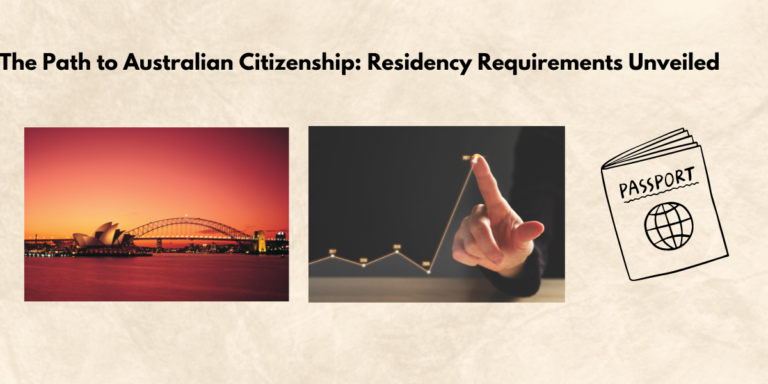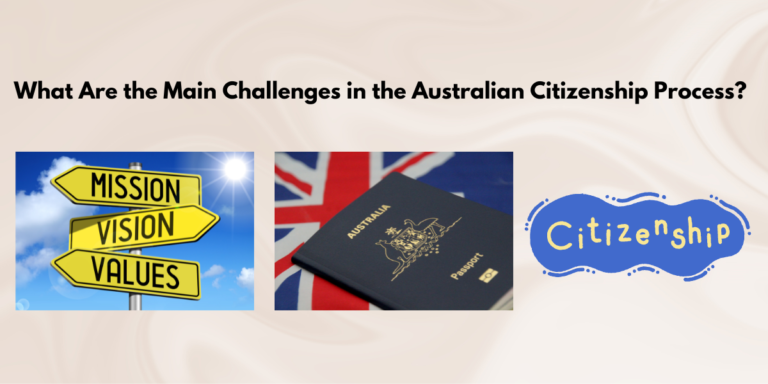The History of Citizenship in Australia
Australia, a nation with a diverse cultural heritage and a complex historical tapestry, has evolved its concept of citizenship over the years. From its colonial beginnings to its present-day status as a multicultural hub, the journey of Australian citizenship has mirrored the changing tides of the nation’s identity. In this exploration, we delve into the history of citizenship in Australia, examining its origins, evolution, and the impact of the citizenship test on what it means to be Australian today.
Origins of Australian Citizenship
Pre-Federation Period
Before the Federation of Australia in 1901, there was no concept of Australian citizenship as we understand it today. The land that is now Australia was a collection of British colonies, and people living here were subjects of the British Crown. They were British subjects first and foremost, and their allegiance was to the monarchy rather than to the emergent nation of Australia.
Post-Federation and the Birth of Citizenship
The federation of the colonies in 1901 marked the beginning of the Commonwealth of Australia. However, it wasn’t until the Nationality and Citizenship Act 1948 that Australian citizenship was legally recognized. This act, which came into effect on January 26, 1949, established the concept of Australian citizenship separate from British subject status. It was a significant step in shaping a distinct national identity, separate from that of the United Kingdom.
The Evolution of Australian Citizenship
The Post-War Era
In the years following World War II, Australia actively sought to increase its population, welcoming migrants from war-torn Europe. These new arrivals contributed to the economy and society, and in turn, the path to citizenship became an essential aspect of integrating into Australian life.
Changes in Legislation
Over the years, amendments to the original act have reflected changing attitudes towards immigration and citizenship. The Australian Citizenship Act 2007 is the current governing legislation, which has simplified the legal concept of citizenship and updated requirements for obtaining it.
Multiculturalism and Inclusivity
Australia’s transition from a British outpost to a multicultural society is one of the most significant shifts in its history. This transformation has been mirrored in the evolving nature of Australian citizenship, which now embraces people from all corners of the world and acknowledges the cultural richness they bring.
The Australian Citizenship Test
Purpose of the Citizenship Test
Introduced in 2007, the Australian citizenship test serves as a means to ensure that new citizens have a basic understanding of the English language, Australian values, and the responsibilities and privileges that come with being a citizen.
Content of the Test
The test includes questions about Australia’s laws, history, and national symbols, as well as the democratic beliefs and rights that underpin Australian society. It is designed to promote social cohesion and successful integration into the community.
Criticism and Reform
The citizenship test has not been without its critics, who argue that it may pose an unnecessary barrier to citizenship for some individuals. In response, the test has undergone several reforms to make it more accessible and relevant to the values and principles of Australian society.
Notable Figures in the History of Australian Citizenship
Al Grassby and the End of the White Australia Policy
Al Grassby, often hailed as the father of Australian multiculturalism, played a pivotal role in dismantling the White Australia Policy, which had restricted non-European immigration for much of the 20th century. His influence contributed to a more inclusive approach to citizenship that recognized the value of cultural diversity.
Sir Robert Menzies and the Creation of Citizenship
As the Prime Minister who introduced the Nationality and Citizenship Act 1948, Sir Robert Menzies was instrumental in creating a separate Australian citizenship. His legacy is a legal and symbolic recognition of an independent Australian identity.
Citizenship Ceremonies
The Significance of Citizenship Ceremonies
Citizenship ceremonies are a vital part of the process, where new citizens pledge their allegiance to Australia and its laws. These ceremonies are often held on Australia Day (January 26) and other significant dates, serving as a public affirmation of the bond between the individual and the nation.
The Role of Local Communities
Local communities play a key role in welcoming new citizens, with councils across Australia hosting ceremonies to celebrate the occasion. These events highlight the importance of community involvement in the journey to citizenship.
Challenges and the Future of Australian Citizenship

Balancing National Security and Inclusivity
In recent years, discussions around citizenship have often focused on national security concerns. Balancing the need for security with the principles of inclusivity and fairness remains a challenge for policymakers.
Adapting to a Changing World
As global migration patterns shift and the world faces new challenges, Australia’s approach to citizenship will need to adapt. Ensuring that the process remains relevant and accessible while upholding the values that define Australian society will be crucial.
Conclusion
The history of citizenship in Australia is a reflection of the nation’s journey from a collection of British colonies to a diverse and dynamic modern society. Understanding this history is essential for appreciating the depth of what it means to be Australian in the 21st century. As Australia continues to evolve, so too will its conception of citizenship, shaped by the values of equality, democracy, and mutual respect that have come to define this unique country.
By exploring the past, we gain insight into the present and can better prepare for the future, ensuring that the spirit of Australian citizenship remains a beacon of hope and unity for all who call this land home.









